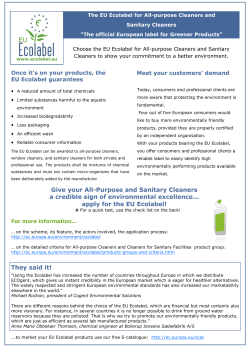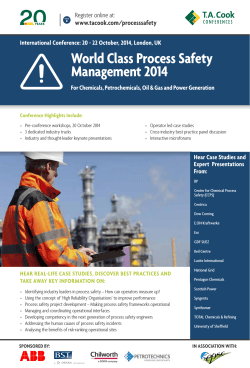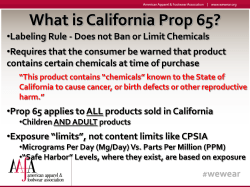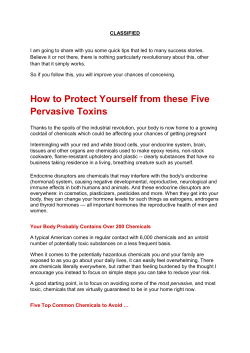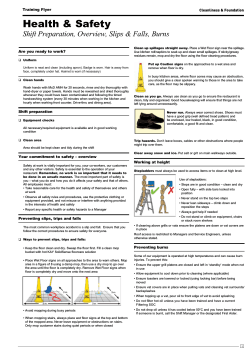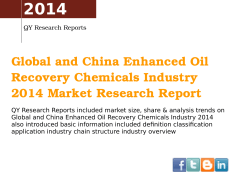
05 October 2011 Brussels How to eliminate hazardous chemicals from consumer
How to eliminate hazardous chemicals from consumer articles? Ecolabel approach 05 October 2011 Łukasz Woźniacki, Ecolabel Coordinator Brussels The Ecolabel project partners Bureau Européen des Unions de Consommateurs. Established in 1962. 43 members’ organisations: Which?, Stiftung Warentest, Que Choisir, OCU, Test-Achats, Consumentenbond… 31 European countries (26 EU Member States). Focus on general consumer policy issues. European Environmental Bureau. Established in 1974. More than 140 members from 31 countries. Co-funded by the European Commission. EEB stands for sustainable development, environmental justice and global equity. The EU Ecolabel 9 Voluntary label of environmental excellence for products and services. 9 In 2012 – 20th anniversary. 9 BEUC and EEB involved in the criteria setting process nearly from the begining. 9 New regulation – no 66/2010. BEUC and EEB supporting green chemistry approach 9 In 2008, we proposed sustainable chemistry rules: • • • • • • Chemicals needed for necessary function; Inherently safe chemicals only; Chemicals readily degrade in the environment; No emissions of problematic substances; Easy to be recycled; List of exluded chemicals. General principles for use of chemicals in the Ecolabel: 9 Substituting hazardous chemicals by safer alternatives. 9 Criteria based on best 10-20 % products. 9 No chemicals classified as toxic, hazardous to environment, carcinogenic, mutagenic or toxic reproduction. 9 • • • Possible derogations: Not technically feasible to substitute; No alternative materials or designs; In case of producs with significantly environmental performance. higher 9 For certain chemicals no derogations are possible. the for overall Interpretation of chemical provisions by the EC 9 Substances with certain H/R-Phrases excluded for all product groups. are 9 For certain substances, concentration limits are foreseen according to 0,1% w/w. 9 Compliance with chemical provisions is part of the assessment and verification procedure. 9 Derogations will are granted specifically for substances and uses depending on the product group. Controversial chemical substances: 9 BEUC/EEB call for horizontal approach: 9 PVC should be baned as it is linked with dioxin formation; 9 Chemical flame retardants should be substituted with safer alternatives or made their use redundant due to changes in design; 9 Nanomaterials should be exluded from Ecolabel products on basis of precauntionery principle. Problems with setting criteria for chemicals in Ecolabel: 9 Lack of data (REACH, market data). 9 Repetitive discussions. 9 Heterogenous requirements in diffrent product groups. 9 Political consensus. Ecolabel as a signpost 9 Horizontal approach to chemicals in Ecolabel is crucial as it influences: Green public procurment – the biggest European consumer; Ecodesign – go beyound energy; National environmental labels. Thank you for attention! More information on www.eeb.org www.beuc.eu Lukasz.Wozniacki@eeb.org Environment@beuc.eu
© Copyright 2025


